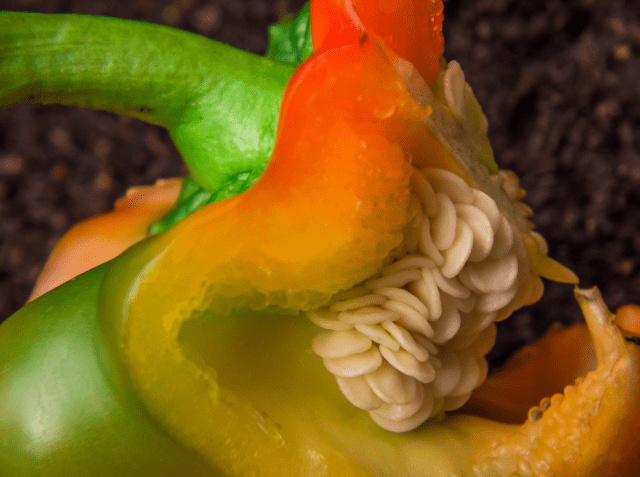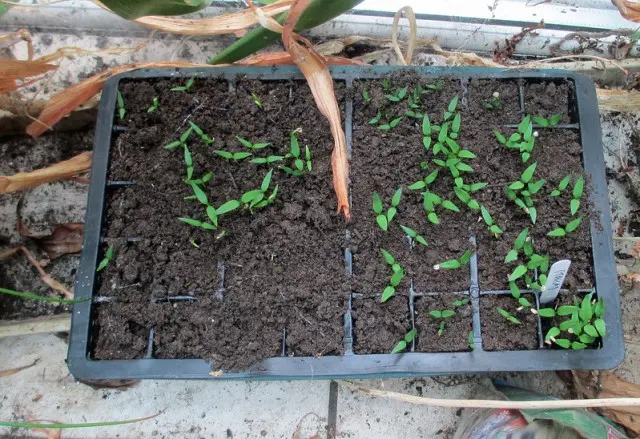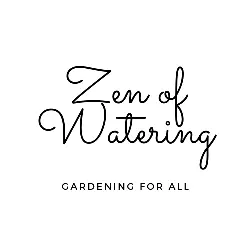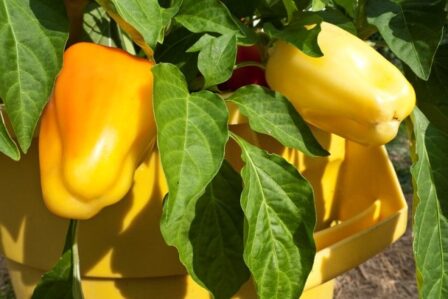Growing bell peppers from scraps is a rewarding and sustainable way to enjoy fresh, home-grown produce. Bell peppers are versatile and nutrient-rich vegetables that can thrive in a home garden, even when started from scraps. This detailed guide will walk you through the process, from initial preparation to harvesting, along with addressing common FAQs.

Preparation
1. Choosing the Right Scraps: Begin with healthy, mature bell peppers from the store. Look for peppers with vibrant color and firm texture. The seeds inside are your primary resource for growing new plants.
2. Extracting Seeds: Cut the bell pepper and carefully remove the seeds. Rinse them under cool water to remove any flesh, as this can prevent rot and encourage better germination.
3. Drying the Seeds: Spread the seeds on a paper towel and let them dry for a day or two. This process is crucial as it prevents the seeds from rotting when planted.
Planting

1. Soil Preparation: Use a nutrient-rich potting mix in a container with proper drainage. Bell peppers prefer slightly acidic to neutral soil (pH 6.0 to 6.8).
2. Sowing Seeds: Plant the seeds about 1/4 inch deep in the soil. If using a larger pot, space the seeds a few inches apart. Cover lightly with soil and water gently.
3. Germination: Place the container in a warm area with plenty of indirect sunlight. Bell pepper seeds typically germinate in 7-14 days.
4. Transplanting: Once the seedlings have a few sets of leaves and are strong enough, transplant them into individual pots or a prepared garden bed.
Growing
1. Sunlight: Bell peppers require at least 6-8 hours of sunlight per day. If growing indoors, a south-facing window or grow light can provide sufficient light.
2. Watering: Keep the soil consistently moist but not waterlogged. Overwatering can lead to root rot, while under-watering can stress the plant.
3. Fertilizing: Use a balanced, all-purpose fertilizer every 4-6 weeks. Over-fertilizing can harm the plants, so follow the instructions carefully.
4. Supporting: As the plants grow, they may need support to prevent the stems from breaking. Stake the plants or use cages to provide support.

Harvesting
1. Identifying Maturity: Bell peppers are ready to harvest when they reach the desired size and color. The color depends on the variety – green, red, yellow, or orange.
2. Harvesting Method: Use a sharp knife or scissors to cut the pepper from the plant, leaving a short amount of stem attached. Avoid pulling the pepper as this can damage the plant.
Pests and Diseases
Bell peppers can be susceptible to pests like aphids and diseases such as blossom end rot. Regularly inspect your plants and use organic pest control methods if necessary. Ensure adequate calcium levels in the soil to prevent blossom end rot.
MORE POSTS: How to grow jalapenos from store-bought peppers?
FAQs
Q1: Can I grow bell peppers from scraps in any climate?
A: Bell peppers grow best in warm, temperate climates. In cooler regions, they can be grown in pots indoors or in a greenhouse.
Q2: How long does it take for bell peppers to grow from scraps?
A: From planting the seeds, it typically takes about 60-90 days for bell peppers to reach maturity and be ready for harvest.
Q3: Do bell pepper plants need a lot of space?
A: Bell pepper plants need about 18-24 inches of space around them to grow properly. If space is limited, growing them in pots is a viable option.
Q4: How do I know when to water my bell pepper plants?
A: Check the top inch of the soil. If it feels dry, it’s time to water. Consistent, even watering is key to healthy plants.
Q5: Can I grow different colored bell peppers from the same plant?
A: The color of bell peppers depends on the variety and the stage of ripeness. A single plant typically produces peppers of one color, but the color can change as the pepper matures (e.g., from green to red).
Q6: Are there any companion plants recommended for growing alongside bell peppers?
A: Good companions for bell peppers include onions, spinach, and basil. These plants can help deter pests and improve growth.
Q7: How can I prevent pests organically?
A: Use neem oil, insecticidal soaps, or introduce beneficial insects like ladybugs to control pests organically.
Q8: Can bell peppers be grown in containers?
A: Yes, bell peppers can thrive in containers. Ensure the pot is large enough (at least 12 inches in diameter) and has good drainage.
Conclusion
Growing bell peppers from store-bought scraps is a fulfilling process that can yield delicious and healthy results. By following these guidelines, even novice gardeners can enjoy the fruits of their labor. Remember, patience and consistent care are key to a bountiful harvest. Happy gardening!
MORE POSTS: How to grow serrano peppers from store-bought

